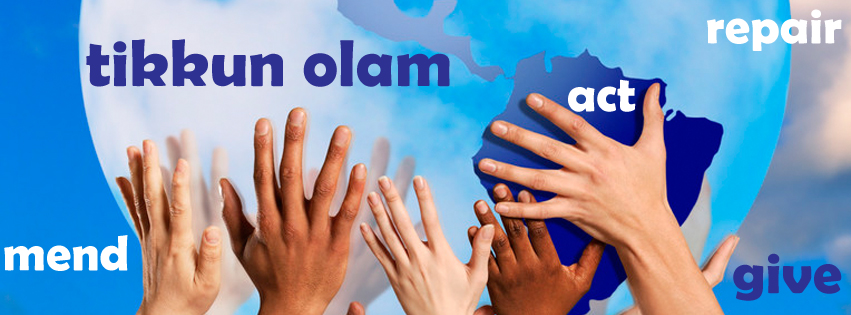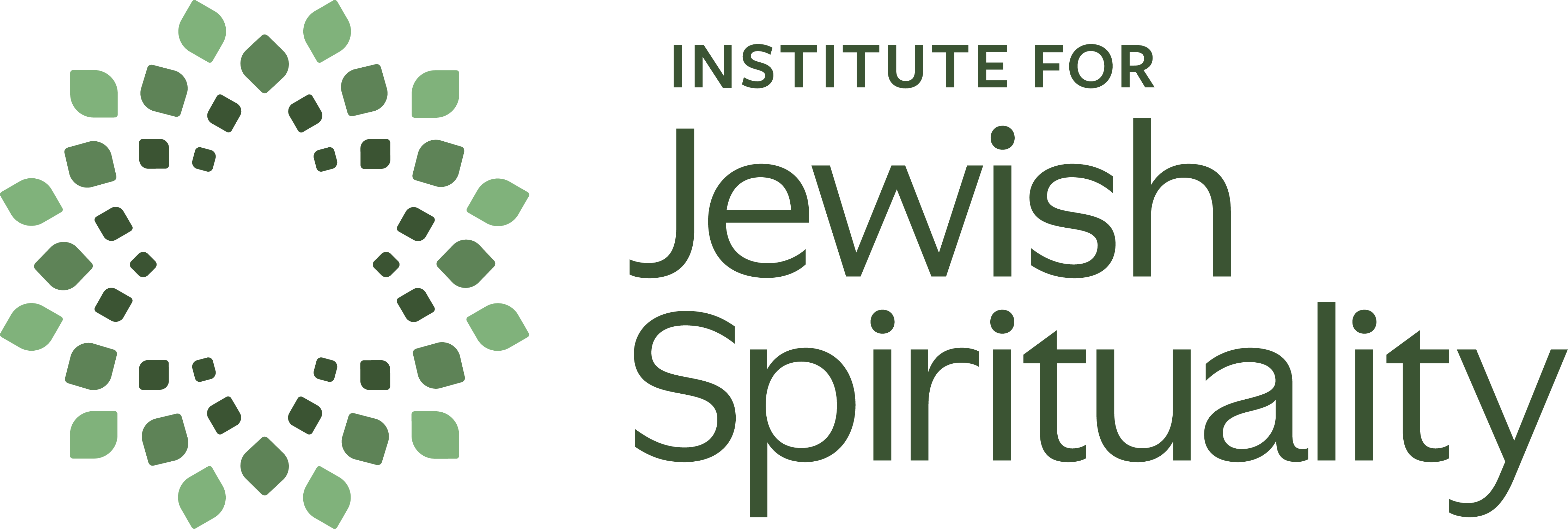
Repair the World

Recently, I had the opportunity to test out a pet theory of mine and to see if it held any water. I was excited and nervous: what if this whole idea just sounded nice in my head but didn’t have any traction on the ground?
For the past three years or so, I have been interested in the juxtaposition of justice work and contemplative practices. I had been leading a variety of service-learning trips, mostly with college students in the Global South, and also doing local volunteer work, helping a family of refugees from Burma start to make a new life for themselves in the US. I had also been teaching meditation. I wondered: could there be a connection between these two worlds?
Perhaps combining social justice with contemplative practice could help make sure that meditation and prayer and learning don’t turn into self-indulgent, self-satisfied activities that are only about personal fulfillment. And perhaps bringing contemplative practices to justice work could help ensure that activism is more creative, more sustainable and more grounded in the values it endeavors to hold.
At our Jewish Meditation Teacher Training retreat in November, I had the first opportunity to share some of my ideas and I was pleased with the positive reception. But in some ways, I felt like I was preaching to the proverbial choir. Many of the participants in the program are already involved in various forms of social change and all of them have a strong meditation practice. All I had to do was connect the dots.
But this winter I had the opportunity to be the scholar in residence for Repair the World’s Fellow program. This training was for twelve outstanding professionals who are leading service learning programs across the country. They came to the training without any a priori interest in contemplative practices. They were looking for tools to be more effective teachers, activists and organizers.
To my great delight, they got it right away. They understood that, in the words of Paul Auster, “the inner and the outer could not be separated except by doing great damage to the truth.” Paying attention to our inner lives – to what is difficult, to our own inner shadow, to the process of reflection – is the same thing as paying attention to the areas that need fixing out in the world, just on a different level. And bringing a loving, gentle awareness to the areas of brokenness, both inner and outer, can open possibilities of healing and transformation in beautiful and surprising ways.
This is just the beginning. Stay tuned for more…



